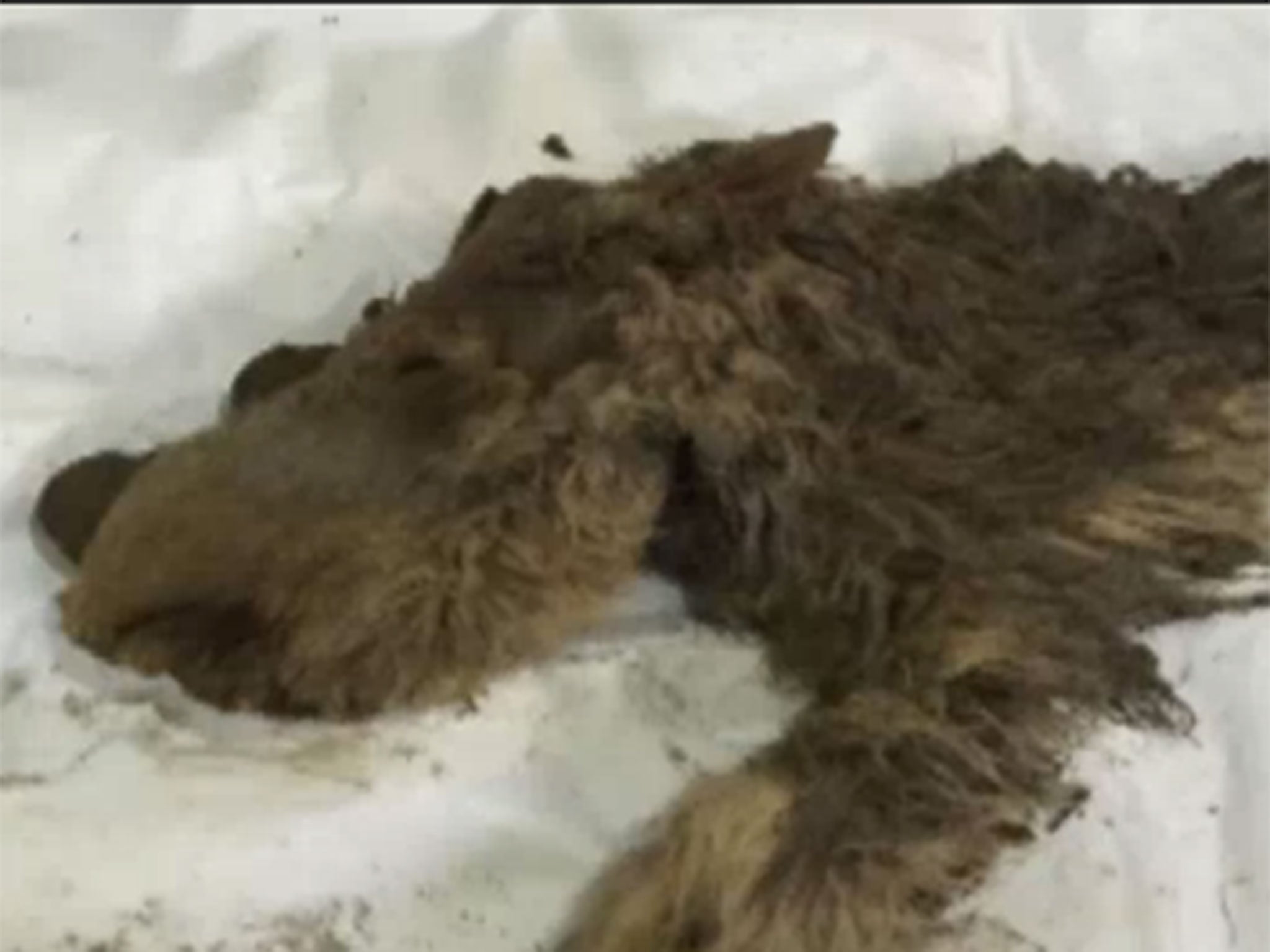10,000-year-old woolly rhino carcass discovered with fur, eyes and horns still intact
The remains of the baby rhino are the first of their type to ever found around the world

Your support helps us to tell the story
From reproductive rights to climate change to Big Tech, The Independent is on the ground when the story is developing. Whether it's investigating the financials of Elon Musk's pro-Trump PAC or producing our latest documentary, 'The A Word', which shines a light on the American women fighting for reproductive rights, we know how important it is to parse out the facts from the messaging.
At such a critical moment in US history, we need reporters on the ground. Your donation allows us to keep sending journalists to speak to both sides of the story.
The Independent is trusted by Americans across the entire political spectrum. And unlike many other quality news outlets, we choose not to lock Americans out of our reporting and analysis with paywalls. We believe quality journalism should be available to everyone, paid for by those who can afford it.
Your support makes all the difference.The frozen remains of a baby woolly rhinoceros thought to be over 10,000 years old have been discovered in one of the coldest parts of northern Russia.
The remains of the 18-month-old rhino named “Sasha”, which are the first of their type to ever be found, have been preserved so well in Siberia’s permafrost that an ear, an eye, a skull and the majority of its fur, have remained intact on the carcass.
Banderov initially mistook the rhino for a reindeer but when he saw the horn growths, he soon realised it was something he had never seen before.
Little did he know that he had stumbled on the world’s first ever baby woolly rhino carcass.
Albert Protopopov, Head of the Mammoth Fauna Department, of the Sakha Republic Academy of Science, said: "The find is absolutely unique.
"We can count a number of adult woolly rhinos found around the world on fingers of one hand. A baby rhino was never found before.”
It is hoped that the DNA of the rhino can now be used for scientific research, with scientists from the Academy of Sciences in Yakutsk where it is currently being stored, saying it will take a “few weeks” to see if this is possible.
Rarer than its fellow Ice Age mammal the woolly mammoth, woolly rhino carcass discoveries remain extremely rare.
The last was in 2011, the first in over four years.
The earliest dated woolly rhino fossil ever discovered was found in the Himalayas in 2011 and was believed to belong to a rhino that had died 3.6 million years ago.
It is commonly believed that all woolly rhinos were extinct by 8,000 BC, which was most likely caused by over hunting of the species by early man.
The woolly rhino’s closest living relative is thought to be the Sumatran rhino which is itself facing extinction.
Join our commenting forum
Join thought-provoking conversations, follow other Independent readers and see their replies
Comments